Grobiņa Archaeological Ensemble
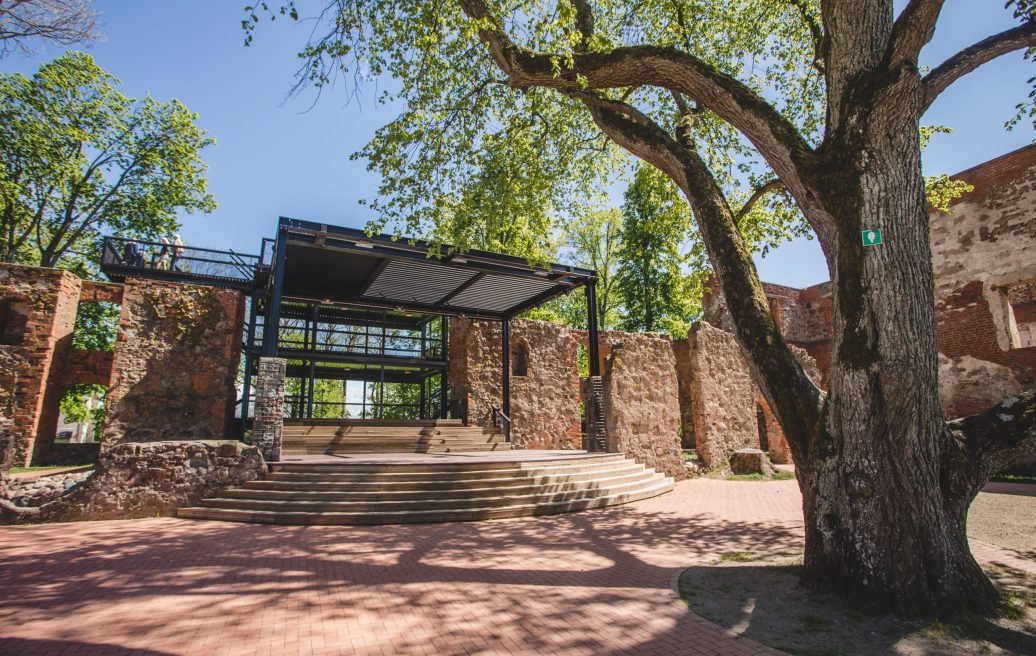
Description
The 3 km-long Ālande River Recreation Complex hiking trail runs through Grobiņa alongside the meandering river. Here flow the swift Ālande River and tales as old as time, borne by land, stone and language.
Grobiņa’s history dates back to the Stone Age, and at the start of the 1st millennium AD, the present territory of Grobiņa became a settlement of the Curonians, a West Baltic tribe of skilled craftsmen, traders, and warriors. Evidence of the Curonians says that they were mighty sea voyagers who made raids into the Baltic Sea. Even today, places throughout Europe along the Baltic Coast bear many place names and street names associated with the Curonians.
Starting from the 7th century, Scandinavian migrants started settling in Curonian lands, eventually establishing the largest Scandinavian settlement outside their homeland. Most of the Scandinavians in Grobiņa came from Gotland and central modern Sweden. Their relationship with the local Curonians was diverse and dynamic; however, they learned to coexist, adopting each other’s way of life and cultural traits over time. As Scandinavian settlers stayed in contact with their homelands over time, the territory we now know as Grobiņa became one of the most important pre-Viking diaspora sites on the east coast of the Baltic Sea at the time. The archaeological ensemble of Grobiņa is a testimony of a unique change in communication experience. In the 7th to 9th centuries, Grobiņa became the earliest and most impressive Scandinavian overseas settlement on the eastern shore of the Baltic Sea.
The former Scandinavian colony is evidenced by the Grobiņa Archaeological Ensemble: an authentic and well-preserved assemblage of archaeological sites and structures from the pre-Viking Scandinavian settlers. The richness and diversity of the material recovered from archaeological excavations are so unique that the monuments of the Grobiņa Archaeological Ensemble are included in the National Register of Latvia for UNESCO World Heritage Sites and have been nominated for the UNESCO World Heritage List.
Grobiņa Archaeological Ensemble comprises several archaeological monuments of the same period: Grobiņa Medieval Castle with bastions, Grobiņa Hillfort (Hornbeam Hill) and the ancient town, four ancient burial grounds: Priediens, Atkalni, Smukums, and Porāni (Pūrāni), all conveniently located in Grobiņa and its immediate vicinity, with meandering Ālande River weaving these historical sites and events together like a liquid thread of silk.
That’s why one of the points to start your hike along the Ālande River recreation complex trail is the Grobiņa Medieval Castle. Its construction dates back to the mid-13th century: Grobiņa Castle was first mentioned in historical sources as ‘hus to Grobin’ in connection with the Livonian Order’s attack on Grobiņa in 1263 when the Crusaders burnt down the Curonian wooden fortress. In 1328, Grobiņa Castle was built again, this time – perched on the right bank of the Ālande River about 200 m from Grobiņa Hillfort, also known as Hornbeam Hill. Although the castle was an important military fortification for centuries, it lost its function during the wars of 1795 and 1812 and was reduced to ruins over the following centuries. The castle’s medieval walls, the 17th-century fortification bastions, moats and steep slopes have survived to this day.
Grobiņa Hillfort (Hornbeam Hill) and the ancient town form an area of 6.24 hectares on the right bank of the Ālande River. The hillfort has well-preserved slopes and flat sides, and it’s covered by more than 20 hornbeam trees. The settlement area, on the other hand, is largely covered by urban buildings, infrastructure and farmland. The Grobiņa Hillfort and the ancient settlement bear evidence of probably the oldest town in Latvia, inhabited from the Middle Iron Age onwards, and tell the story of coexistence between Curonian and Scandinavian settlers during the 7th to 9th centuries.
The Priediens ancient burial ground conceals about 2,000 burial mounds, each holding up to several people – Curonians and Scandinavians settled here between the 7th and 9th centuries. Moreover, the burial ground keeps unique testimonies of Scandinavian immigrants living side by side with the local Curonians.
Improvements made within the project
The project built the Ālande River Recreational Complex, reconstructing the stage with a transformable roof and a backstage. The grounds of the medieval castle ruins were improved and an open wood terrace with cascading stairs was built on the castle slope by the Ālande River. A 2.5-kilometre-long walking trail was built from the Pils Street promenade to Priedulāji, winding along the castle ruins. Information boards and recreation areas were installed along the trail. A place for launching boats was installed in Priedulāji.
Investments – EUR 923,562.89
Of which:
ERDF funding – EUR 398,328.72
state budget grant – EUR 59,479.65
municipal funding – EUR 465,764.52
The project was implemented by Grobiņa Municipality Local Government.
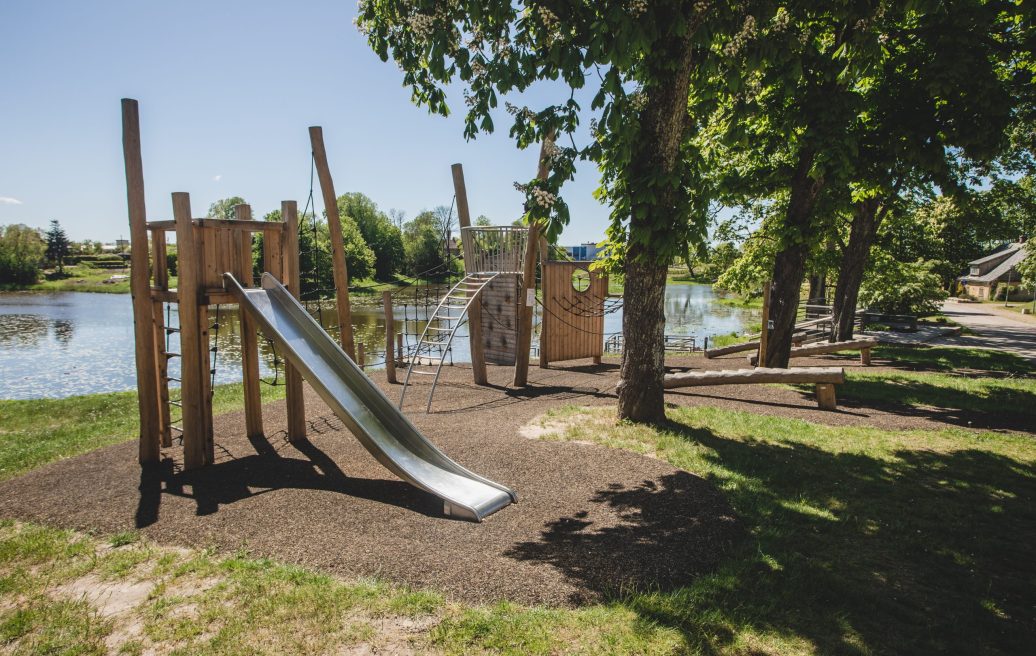
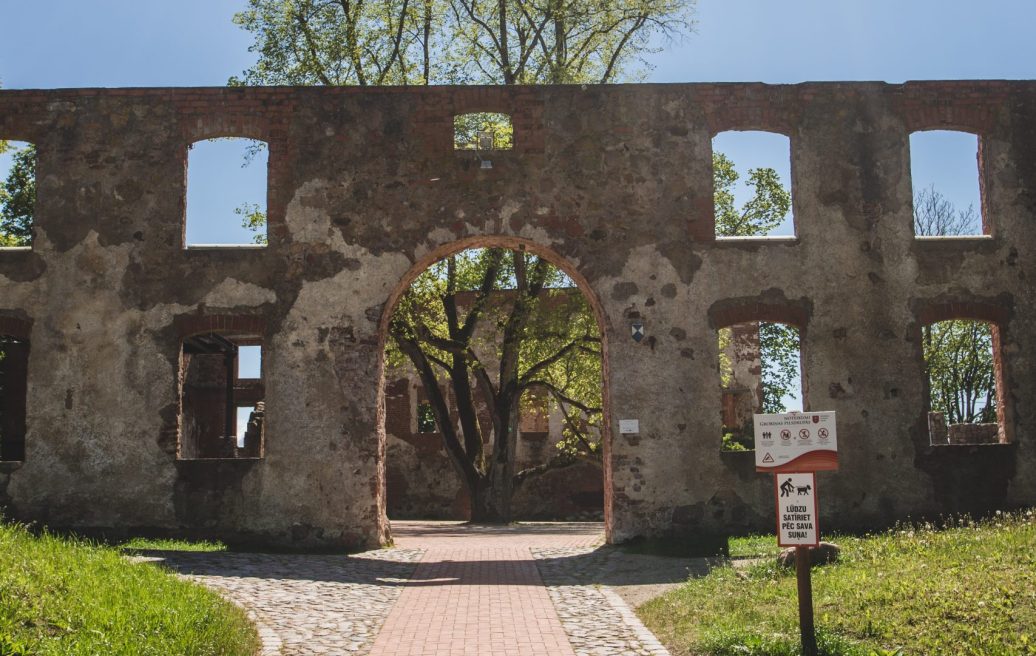
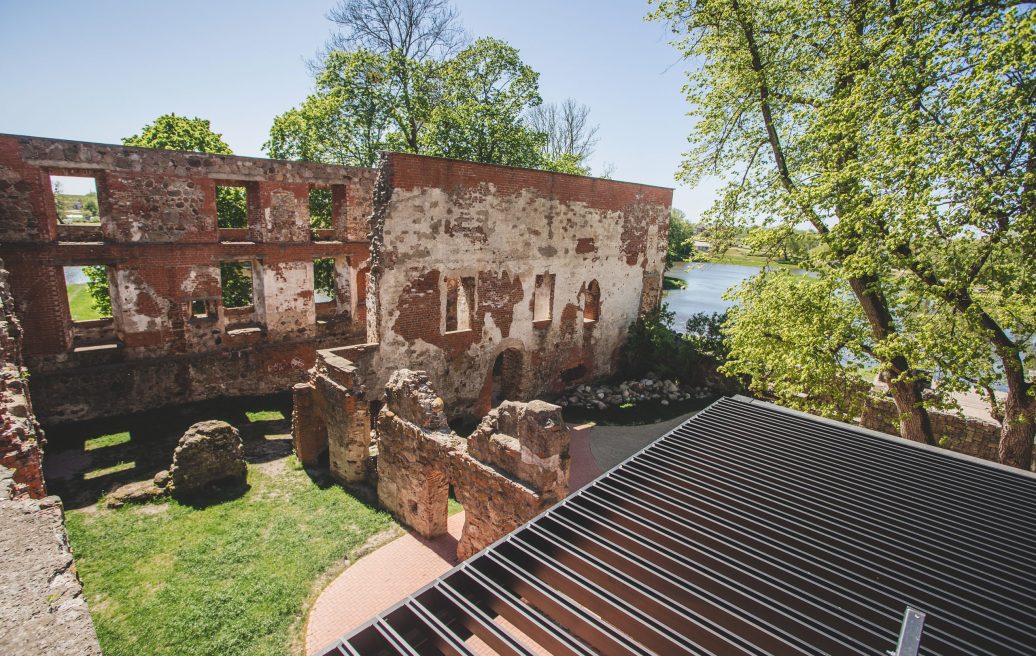

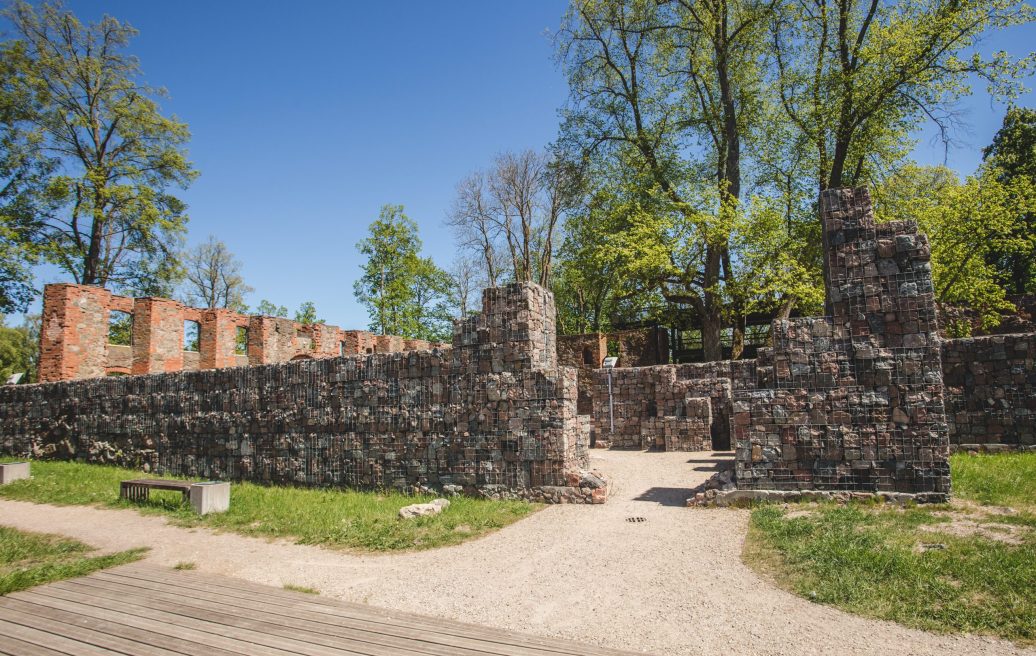
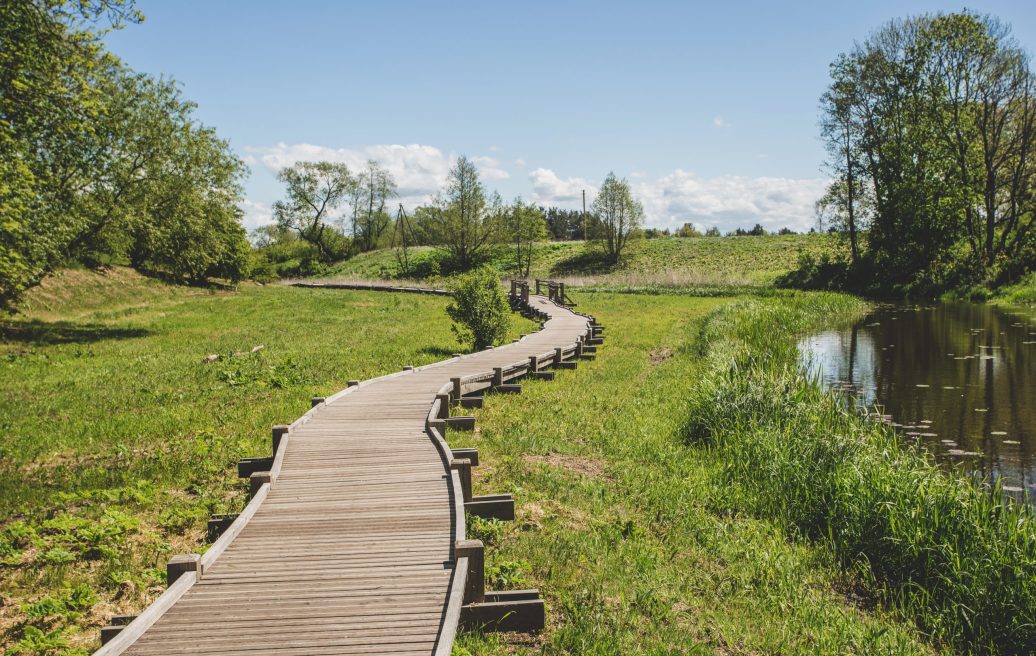
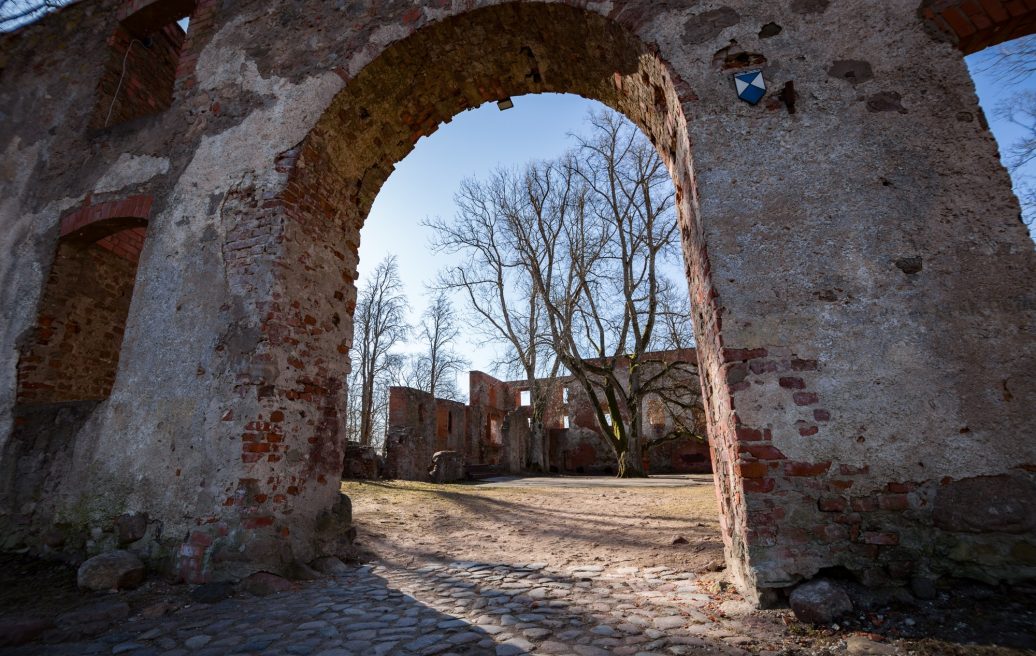
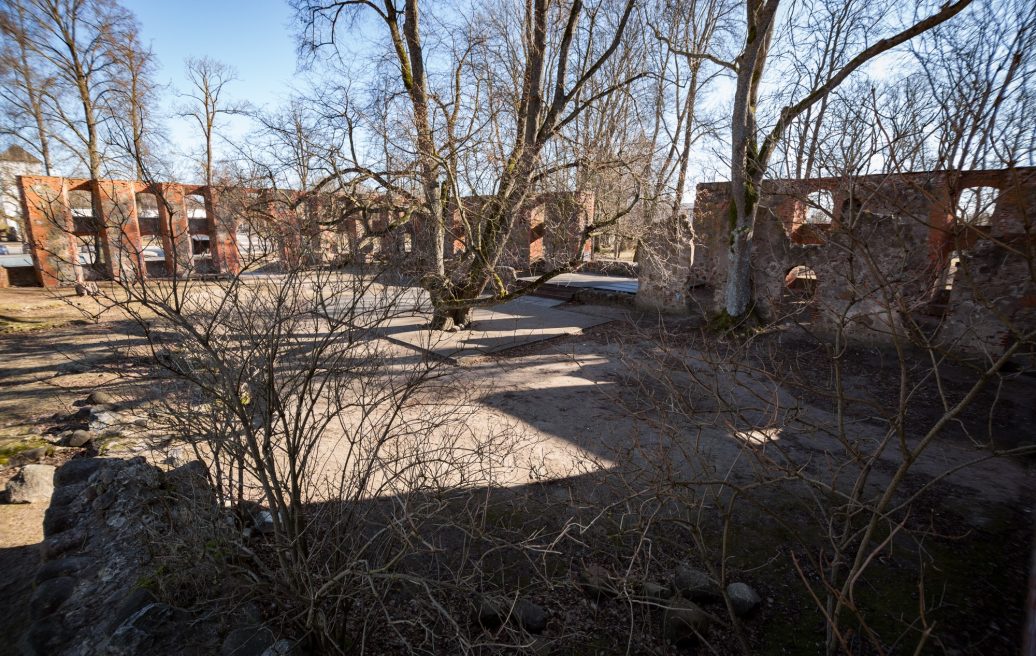
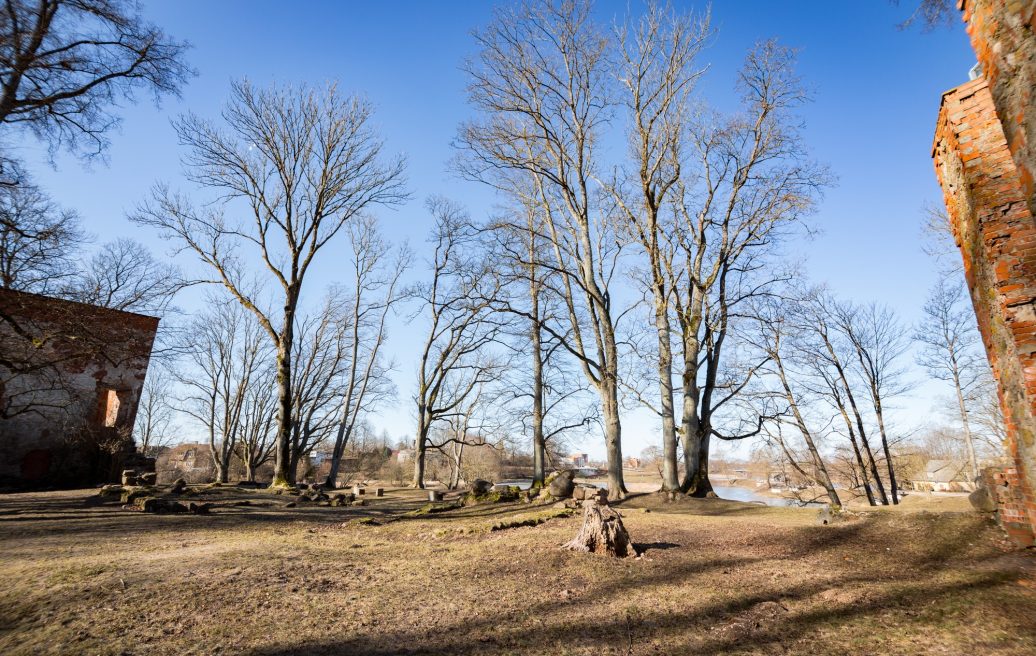
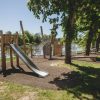
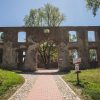
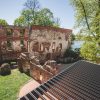
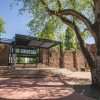
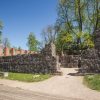
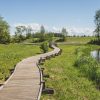
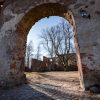
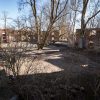

Address
56 Lielā Street, Grobiņa, South Kurzeme municipality
Working time
All the time
Admission fee
For free
Getting there
By private car, bicycle, on foot or by public transport on the route Liepāja (Siena tirgus) – Grobiņa No 6912, bus stop Pilskalns.
Good to know
The Ālande River Recreational Complex walking trail is ideal for visitors on foot, by bicycle, for parents with strollers, as well as for people with reduced mobility. You can enjoy the recreational complex also by boating the Ālande River.
Contacts
South Kurzeme Regional Tourism Centre
M. Namiķa street 2B, Grobiņa, Dienvidkurzeme district, LV-3460
+371 22024940
[email protected]
www.dienvidkurzeme.travel
